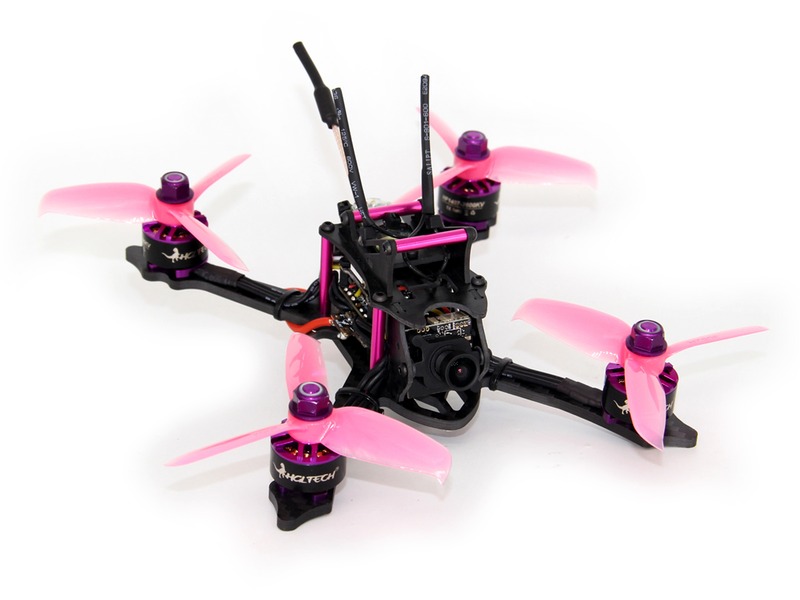Can quadcopters fly in rain?

Yes, quadcopters can fly in rain, but there are certain precautions that should be taken to ensure the safety of the quadcopter and its pilot. Quadcopters are designed to be able to fly in wet conditions, but they are not designed to be waterproof. This means that if the quadcopter is exposed to rain, it can become damaged or even destroyed.
The first precaution that should be taken when flying a quadcopter in the rain is to make sure that the quadcopter is properly sealed. This means that all of the openings and seams should be sealed with a waterproof sealant. This will help to keep water out of the internal components of the quadcopter and will help to protect them from damage.
The second precaution that should be taken when flying a quadcopter in the rain is to make sure that the battery is properly protected. The battery should be kept in a waterproof container and should be covered with a waterproof material. This will help to keep the battery dry and will help to prevent it from becoming damaged due to exposure to water.
The third precaution that should be taken when flying a quadcopter in the rain is to make sure that the propellers are properly protected. The propellers should be covered with a waterproof material and should be kept away from any water. This will help to keep the propellers from becoming damaged due to exposure to water.
The fourth precaution that should be taken when flying a quadcopter in the rain is to make sure that the electronics are properly protected. The electronics should be kept away from any water and should be covered with a waterproof material. This will help to keep the electronics from becoming damaged due to exposure to water.
Finally, the fifth precaution that should be taken when flying a quadcopter in the rain is to make sure that the pilot is properly protected. The pilot should wear a waterproof suit and should be aware of the dangers of flying in wet conditions. This will help to keep the pilot safe and will help to ensure that the quadcopter is not damaged due to exposure to water.
In conclusion, quadcopters can fly in rain, but there are certain precautions that should be taken to ensure the safety of the quadcopter and its pilot. These precautions include making sure that the quadcopter is properly sealed, that the battery is properly protected, that the propellers are properly protected, that the electronics are properly protected, and that the pilot is properly protected. By taking these precautions, the pilot can safely fly the quadcopter in wet conditions and can ensure that the quadcopter is not damaged due to exposure to water.
Comments / Question
2. Check the propellers for any signs of wear or damage.
3. Make sure the battery is fully charged and stored in a dry place.
4. Check the motors and ESCs for any signs of corrosion or water damage.
5. Ensure that all connections are secure and free of corrosion.
6. Check the frame for any signs of damage or wear.
7. Make sure the flight controller is properly calibrated and functioning correctly.
8. Make sure the drone is equipped with a rain cover or rain guard.
9. Make sure the drone is equipped with a GPS system to help it navigate in wet conditions.
10. Make sure the drone is equipped with a failsafe system in case of emergency.
2. Make sure the quadcopter is properly sealed to protect the electronics from water damage.
3. Check the battery to make sure it is fully charged and in good condition before flying.
4. Avoid flying near power lines, trees, or other objects that could be affected by the rain.
5. Reduce the speed of the quadcopter to reduce the risk of it slipping or losing control in the rain.
6. Make sure the propellers are properly secured and not loose.
7. Consider using a rain cover or canopy to protect the quadcopter from the rain.
8. Monitor the weather conditions and be prepared to land the quadcopter if necessary.

